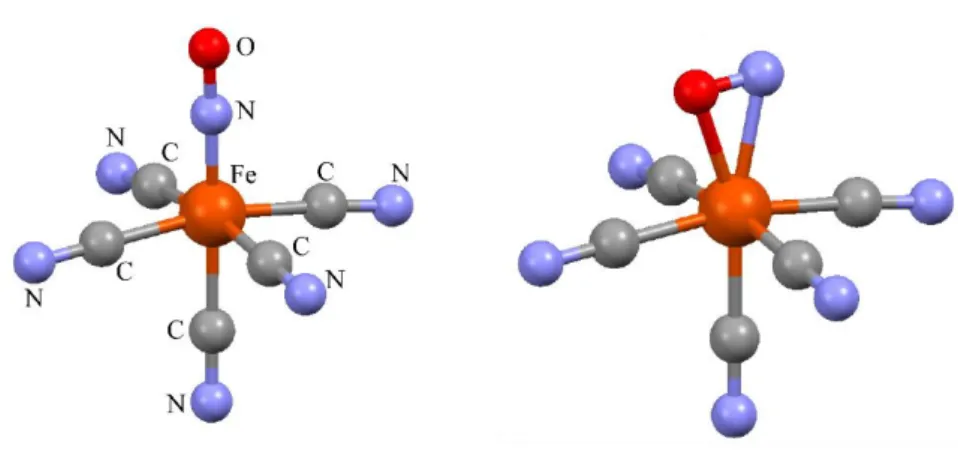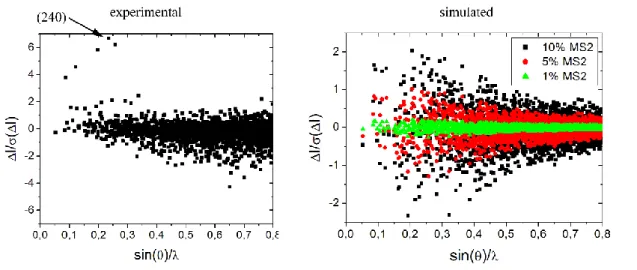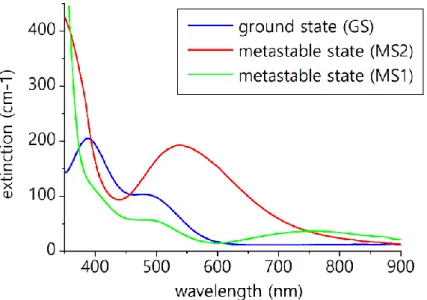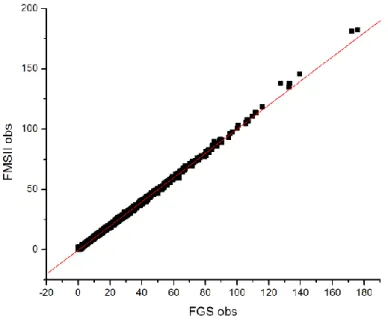In-house time-resolved photocrystallography on the millisecond timescale using a gated X-ray hybrid pixel area detector
Texte intégral
Figure
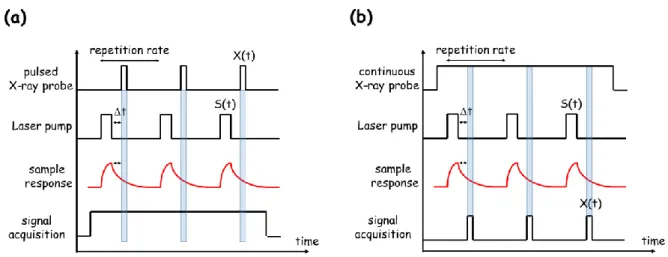
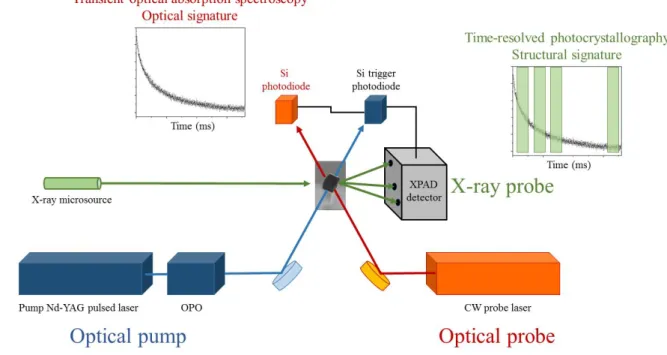
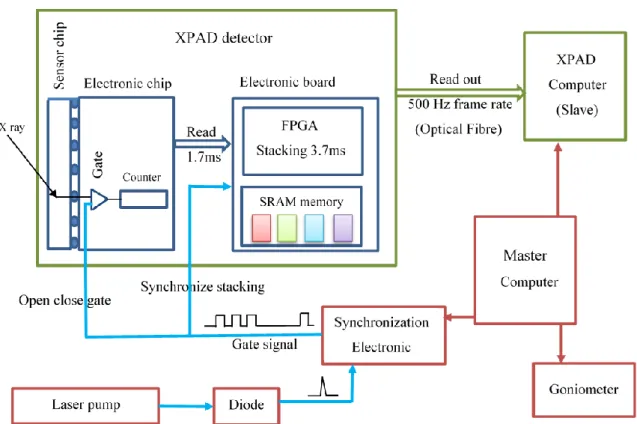

Documents relatifs
A drawing of the FPIX service half-cylinder with readout electronics, DC-DC converters and cooling loops is shown in figure 25.. In order to test the performance of the CMS
L’archive ouverte pluridisciplinaire HAL, est destinée au dépôt et à la diffusion de documents scientifiques de niveau recherche, publiés ou non, émanant des
XPAD: A Photons Counting Pixel Detector for Material Sciences and Small Animal imaging..
One important measurement for photon counting pixel detectors is the efficiency between the pixels.. If the threshold is too high, we lose photons because the charges are shared
In a serially powered chain, if one element fails, the functionality of the whole chain is at risk. Therefore, in ATLAS Inner Tracker, it has been decided that each
The main specification for HEP is a fast sparse readout while for x-rays it is the photon counting at high rate and large dynamic range.. The conclusion is that the electronic
We have compared high quality data recorded with a scintillator counter ( 1 mm receiving slit at 1 m from the sample, 60 o 2θ at 16 keV) using an angular step of 0.006 o [8]–[10]
In this paper, we investigate the component separation approach with the camera XPAD3 in order to overcome these limits of subtractive K-edge imaging. We first describe the
